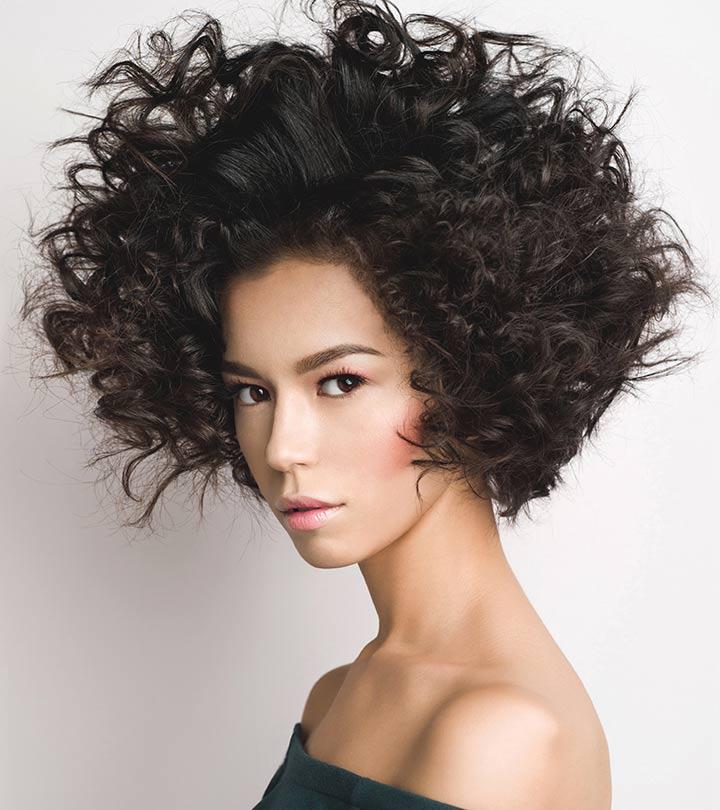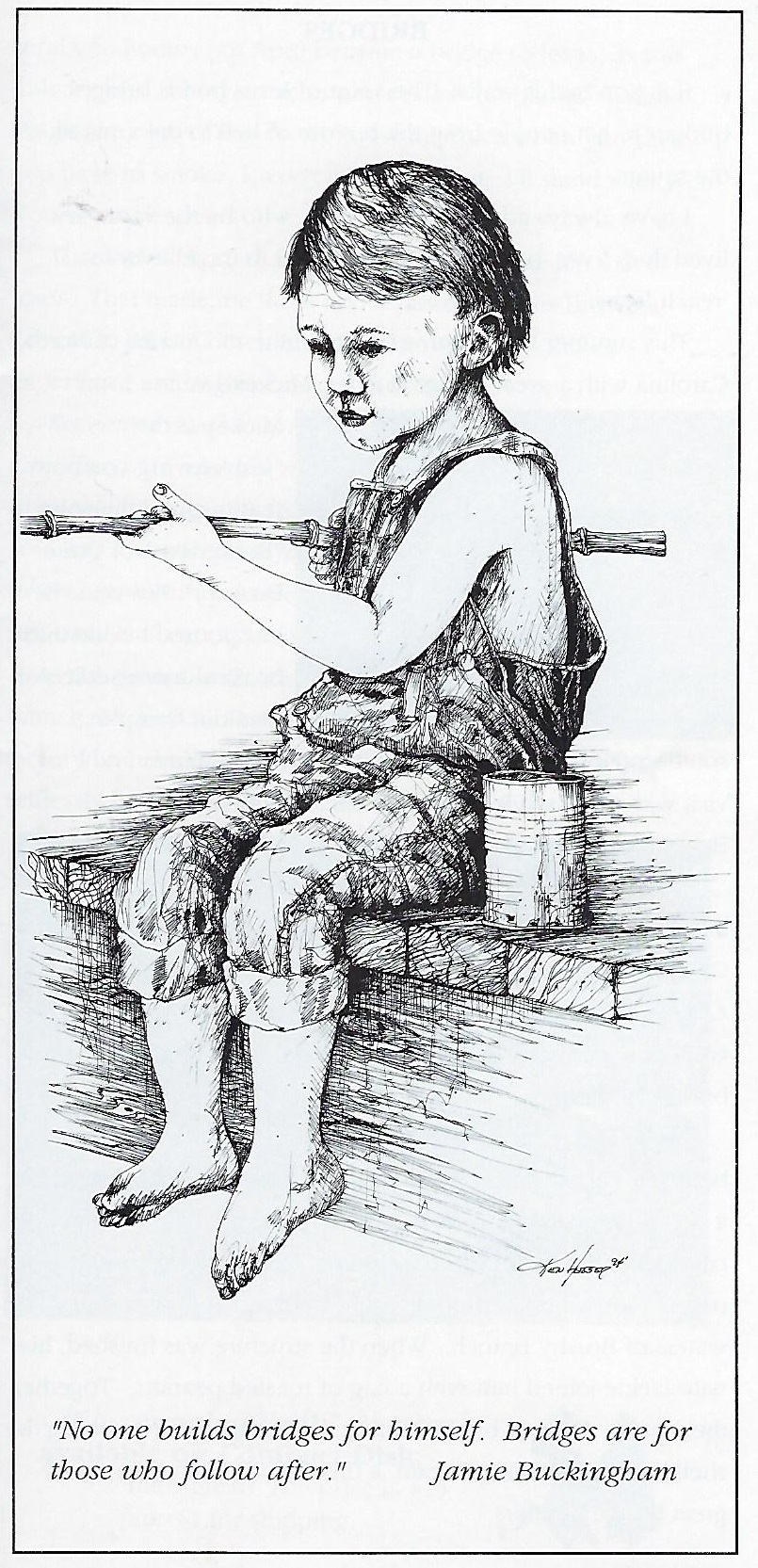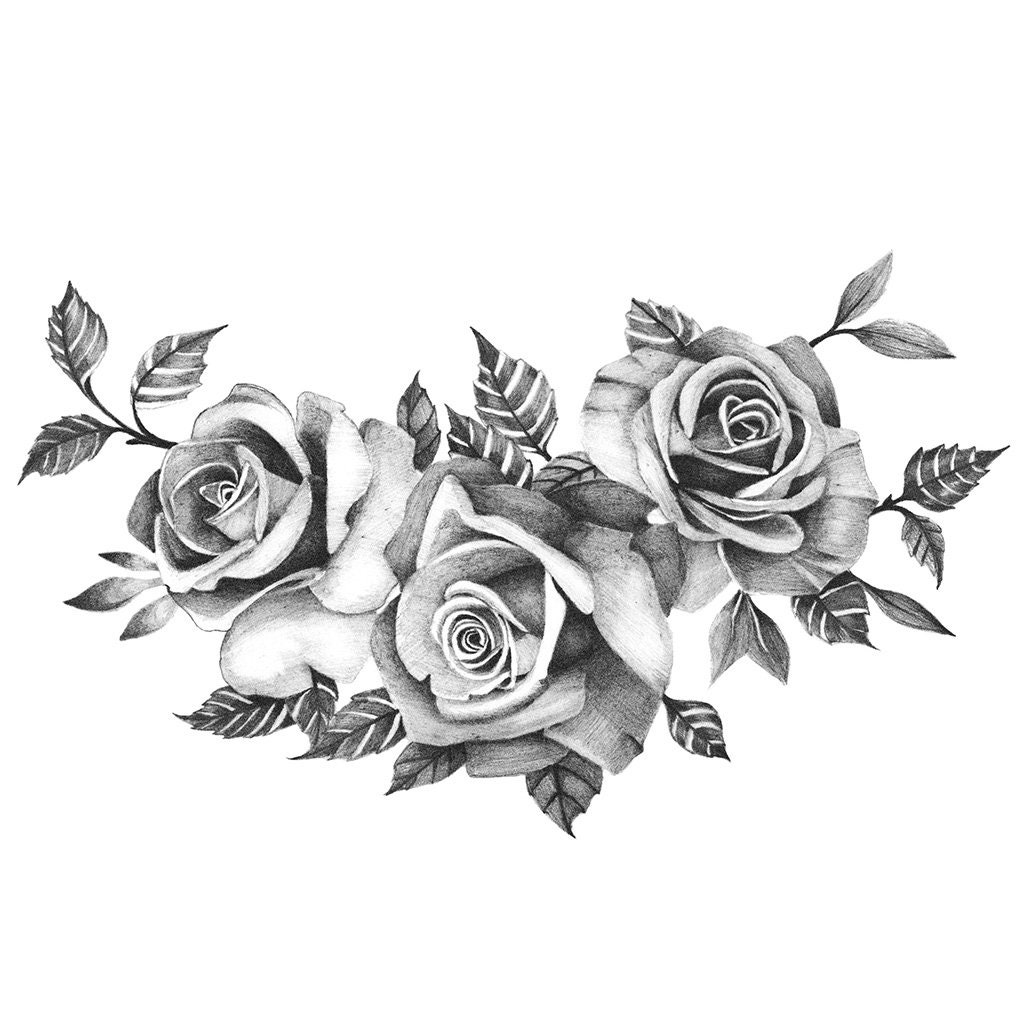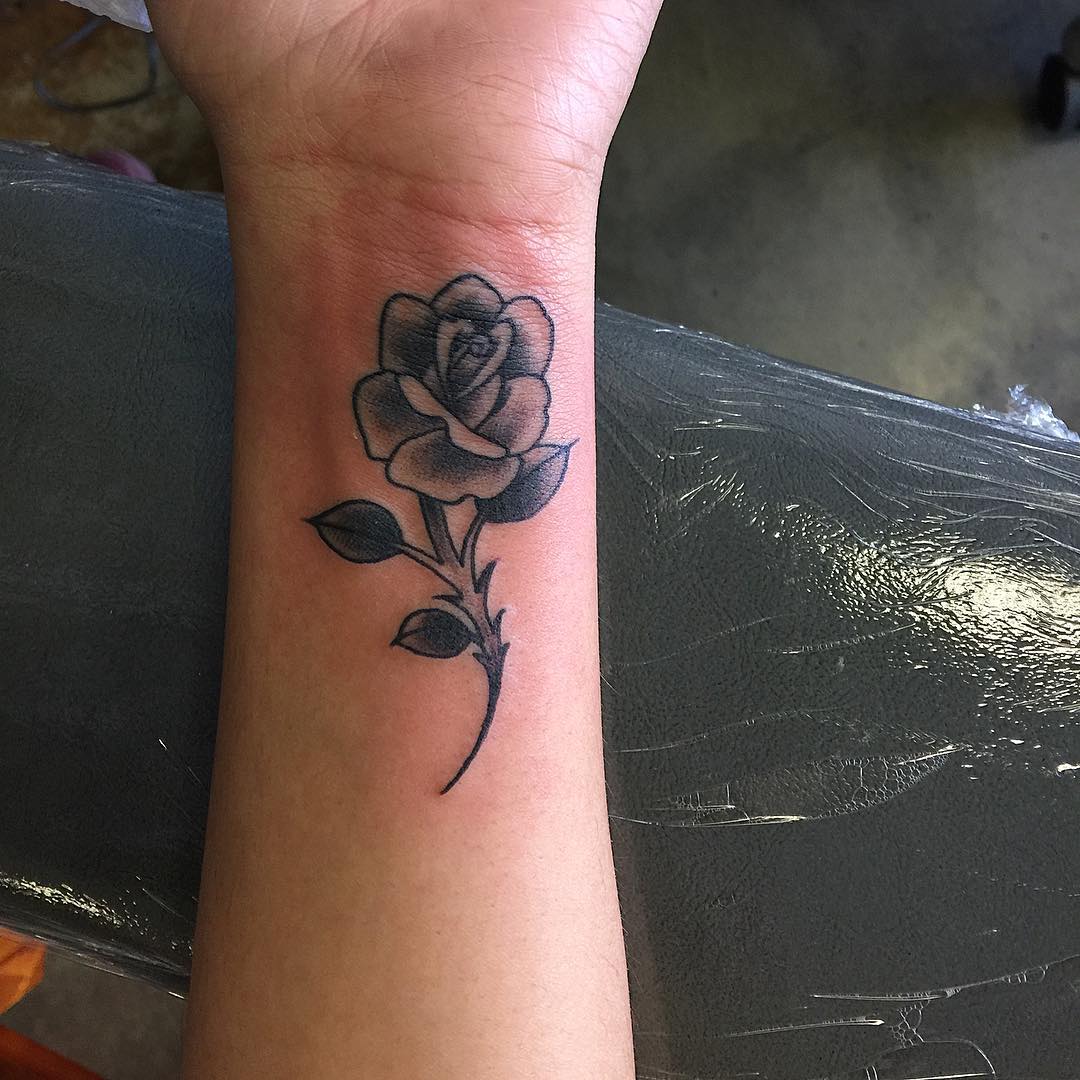Table Of Content

Traditional perms vs. "thio-free" permsTraditionally, the most commonly-used ingredient in perming is thioglycolic acid (often referred to as thio). Thio is actually a salt and is the reducing agent responsible for breaking the disulfide bonds in your hair. Thio works great but one of the main issues is that it has a very unpleasant odor (If you ever had a perm I'm sure you remember the bad smell!). An even application of both chemicals and rods is needed to create a uniform look, so it’s best not to go down the DIY route if your hair is long. Layers can also be tricky to deal with, particularly if they’re on the shorter side.
Styling Versatility
Once you have a perm, you'll need to be especially careful about the products you use on your hair. Look for products that are specifically labeled "color-safe" or "for chemically treated hair." Also known as a hair perm, these chemical treatments cause your hair to curl. Getting a hair perm can take several hours and last between three to six months. Various factors can influence the lifespan of your perm, including your scalp health, hair treatment, and overall hair growth. If you have long hair, your perm is likely to last longer than people with short hair.
How to Minimize Perm Damage Before and During the Perming Process
If you have thin or fragile hair, gentler perms are acid-balanced and use glyceryl monothioglycolate. Keratin is a protein that makes up about 95% of your hair and forms the structure of your individual hairs. The bonds between keratin molecules are what react to the perm treatment and allow your hair to hold a new shape. All those short layers look great with a sassy straight style, but how will curls look with all those layers?
How to help reduce the risk of damage and hair loss from a perm
In fact, if your hair is highlighted at all, think carefully about additional processing. Highlighting is damaging to your hair, so perming over-bleached hair, which probably has some damage to the hair's cuticle already, will likely cause big-time frizz. Plus, you'll have to touch up your highlights as you usually do, causing more potential damage. Overloading your hair and scalp with chemicals is never a good idea, especially if you plan on getting a perm. Introducing other chemicals before a perm can harm your hair, possibly causing irreversible damage.
Rezo Cut: DIY Step-by-Step for Cutting Curly Hair at Home
When done correctly—with your specific hair type in mind (more on that below)—Santiago says there's little to worry about in terms of the health of your hair. However, it's worth noting that the chemicals used to create perms can be harmful to your health. So, while the technology is there to ensure that perms are safe for your hair, you still want to be careful about coming into contact with the solutions. This chemical treatment alters the hair structure to give you those gorgeous curls.
Avoiding heat styling
Yes, you can perm gray hair, but since it is coarse and does not take on new textures or colors easily, you will need to use an alkaline perming solution or an exothermic perm. How you style your hair can cause hair to look brittle, frizzy and lackluster, or even fall out. Follow these tips from dermatologists to help style your hair without causing damage. While a root perm can also be done as a touch-up to the pre-existing perm that's grown out (similar to the touch-ups you'd get with your hair color), a pre-existing perm is not required. "The root perm is for someone who has limp hair and needs volume near the base," Lara explains. "It’s also great for frizz control, and can give the hair a bouncy appearance."
With so many perm options now, you can find a perm that works best for your hair using a trusted hairdresser who only uses quality ingredients. Make sure you do your research, ask questions, and prepare to take care of your hair for the best curls possible. You'll also make your perm last longer with the right sleep routine.
11 Best Products for Permed Hair: How to Maintain a Perm - Katie Couric Media
11 Best Products for Permed Hair: How to Maintain a Perm.
Posted: Fri, 04 Nov 2022 07:00:00 GMT [source]
How to Avoid Hair Loss from Perms

"This is not a springy curl, it's more of a relaxed wave. The rod size determines if there is more or less movement," she says. Usually seen on bobs and shorter hairstyles, a pin curl perm is when hair is wrapped in paper, creating the desired curl pattern, and holding it in place with a flat clip. Lara says that this technique creates soft waves and gives light volume to the hair. The catch that differs a straight perm from other straightening treatments?
The introduction of new chemicals and techniques has allowed for a range of styles – from loose, beachy waves to tight, defined curls. This flexibility means that getting a perm can now cater to your unique hair type and desired look, reducing the one-size-fits-all approach of the past. The methods used involved strong chemicals and high heat, often leading to damaged hair. It was a trade-off for those dreamy curls, with many accepting the risk for the sake of beauty. Back then, the perms were typically tight and uniform, offering little room for customization.
It's essential to consider the health of your hair as well – heavily processed or damaged hair might need extra care or a different approach. Getting a perm involves using chemicals to permanently reshape your hair. A perm, or permanent wave, can be great way to alter kinky or curly hair, or to help get rid of lanky, or straight hair. Because getting a perm requires applying strong chemicals to your hair, the process can damage your locks if you don’t use proper care.
To perform a quick wellness check of your hair and scalp, use your best judgment and rely on your senses. If your hair looks and feels dry and lifeless, you should probably rethink that perm treatment. As mentioned before, perms put your hair under significant stress.
























